An introduction to comics and graphic novels for independent artists and self-publishers
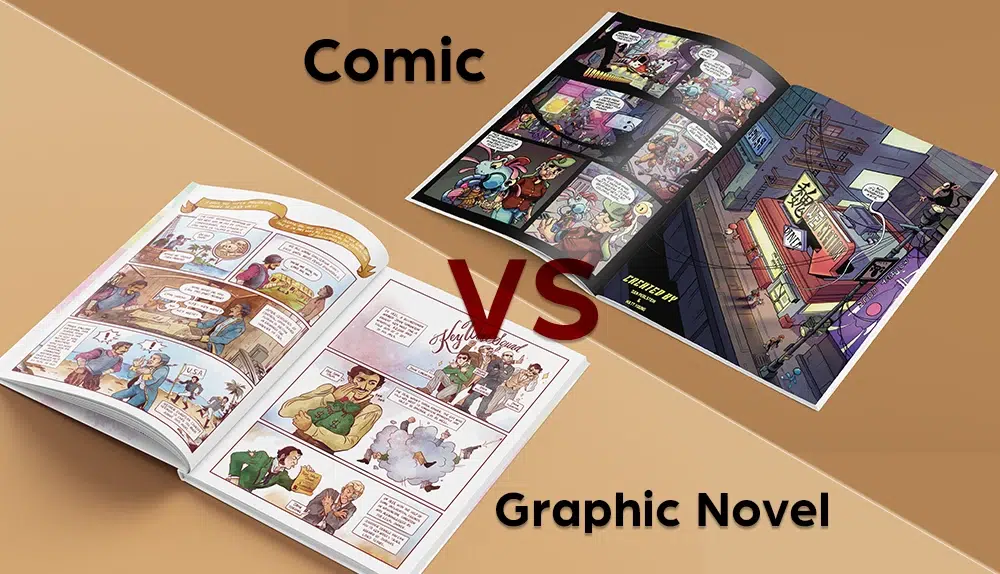
To the uninitiated it may well seem that there's not much difference between a comic book and a graphic novel. You may even have heard it said that graphic novels are “comics for grown-ups”. But even that distinction is at best inaccurate and, at worst, a bit condescending. So, let's be clear at the outset: “comic” and “graphic novel” aren't synonymous.
That said, unless you're an enthusiast or aficionado, it's an understandable mistake to make if you confuse them. After all, both feature stories told primarily through illustration, with the text playing a supportive role; unlike in a traditional short story or novel in which the text does the lion's share of the storytelling and may be accompanied by illustrations. Likewise, as most novels tell their stories only in words, several comics and graphic novels have no text at all, being wholly visual media.
Key points:
- Graphic novels use illustrations as the primary storytelling medium, typically narrating complete stories with clear beginnings, middles, and ends, similar to traditional novels.
- Comic books are usually serialized, ongoing stories, often adventure-based, set in fantastical or hyperreal worlds, and can run for many years.
- Both mediums share storytelling through visuals but differ significantly in narrative structure and thematic content.
- Graphic novels are standalone or limited series, often exploring complex themes.
- Comics commonly focus on entertainment and lighter themes, published regularly in shorter episodic formats.
- Examples of graphic novels include Maus, Watchmen, Black Hole, Ghost World, and Locke & Key.
- Examples of comics include Superman, Batman, Spiderman, Wonder Woman, and The Hulk.
- Independent self-publishing of comics and graphic novels is thriving due to digital platforms, specialist stores, and printing support.
So, what are the differences between comics and graphic novels?
First, let's take a look at graphic novels. Graphic novels use illustration — graphic art — to tell complete and meaningful stories in the same way as a text novel does, but with the images as the primary medium of expression. In a graphic novel, you'll find the classic three acts structure which is the backbone of all stories but for the most abstruse literary confections: they have a beginning, a middle, and an end. They have a core protagonist or group of protagonists, character arcs, conflict-driven transformations, plot development, dialogue and characterization, and all the other characteristics of literature.
The graphic novel, in short, shares the same function as any other novel: narrative storytelling. But the form is primarily visual and graphic rather than verbal and linguistic. So — unlike comics, which are usually ongoing serial stories similar to long-running TV shows — most graphic novels tell a single story from start to finish or at most may run to a duology or trilogy in length.
5 examples of successful graphic novels
Thousands of new graphic novels are published each year — some by mainstream publishers and others by small presses and solo independent self-published creators. But their popularity is undeniable. As a picture speaks a thousand words, so a few examples may help to make it clearer exactly what is a graphic novel.

Maus — Art Spiegelman. Art Spiegelman is an intellectual, artist, social and political commentator, and graphic artist. His masterpiece, Maus, was first published in 1980. It tells the story of the experience of Jews in the Holocaust through the fictionalized biography of his father, but with the people represented by anthropomorphic animals. It was the first ever graphic novel to winner the Pulitzer, a major literary prize.

Watchmen — Alan Moore and Dave Gibbons. Moore is among the most highly regarded graphic novelists of the age, famed as much for the power of his stories as for the conception and execution of the novels themselves. Gibbons is a long-time collaborator with Moore and acknowledged as a graphic artist of extraordinary talent and vision. Watchmen is an ironic and politically serious take on the superhero genre.
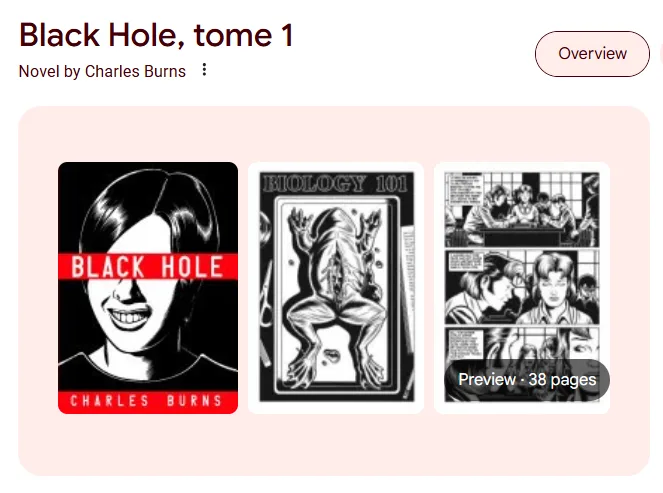
Black Hole — Charles Burns. Burns is a famed graphic artist and storyteller. Black Hole is based in a re-imagined 1970s Seattle riven by a violent plague. The plague and the transformation in the infected youth act as a metaphor for the struggles and transformation of its teenage protagonists as they work through adolescence toward adulthood.

Ghost World — Daniel Clowes. Clowes is an illustrator, graphic novelist, and also a screenwriter. Ghost World follows the non-adventures and philosophical wanderings of a pair of teenage women just after they graduate from high school. It reflects the concerns and dislocation many young people experience in that stage of their lives.
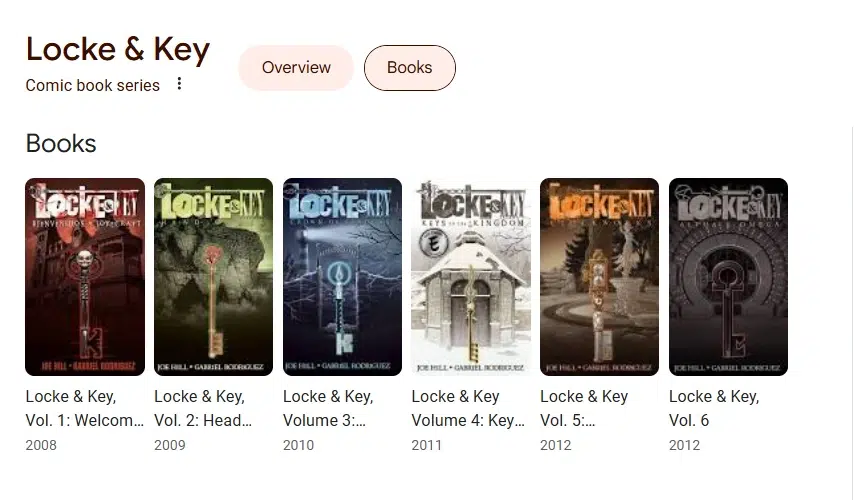
Locke & Key — Joe Hill and Gabriel Rodriguez. Hill is also a mainstream novelist and short story writer, while Rodriguez is a renowned Chilean artist and illustrator. Their collaboration on Locke & Key gave us a stunning Gothic horror novel set during the American Revolution, which also pays homage to the classic Gothic writer, H. P. Lovecraft.
5 examples of popular comic books
The best-known mainstream comic book publishers in the US are Marvel (progenitors of Spiderman, Captain America, The Hulk and more) and D.C. Comics (famed for Wonder Woman, Batman, Superman, and others). Comics are typically serialized and ongoing. The most successful series can run for decades and multiple thousands of issues. Superman, for example, which was first published in 1939 and is still going strong. While comics can have more serious themes, they tend to be fun, adventure-based stories which don't touch on darker or more “adult” aspects of life, and they are always set in hyperreal, somewhat fantastical worlds. Here are five of the most popular comic book series of all times:

Superman — originally written by Jerry Siegel with artwork created by Joe Shuster, the Superman franchise has been running for 83 years at the time of writing and has been transformed into novels, radio drama, blockbuster movies, TV series, and even a musical stage show.

Batman — debuting the same year as superman (1939) Batman has gone on to share similar success. The original writer was Bill Finger and the artist Bob Kane.

Spiderman — a child of the sixties, The Amazing Spiderman first appeared in 1962 and has gone on to enjoy fame in a multitude of media including novel adaptations, movies, TV shows, and animated cartoons. Stan Lee was the original comic book writer and the artwork was created by the graphic artist Steve Ditko.
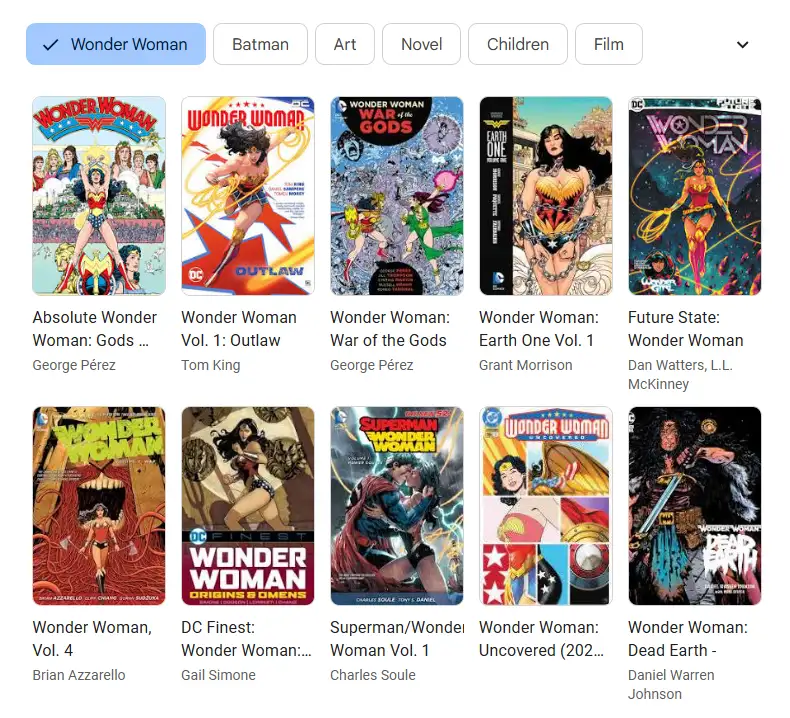
Wonder Woman — most recently interpreted on the big screen by the Israeli actor, Gal Gadot, Wonder Woman made her first comic book appearance in 1941 and quickly gained in popularity. Her stories have been in print almost without a break for the last 81 years at the time of writing. The character was originally conceived and written by Charles Moulton — who based her on his wife! — and the art was realized by Harry G. Peter.
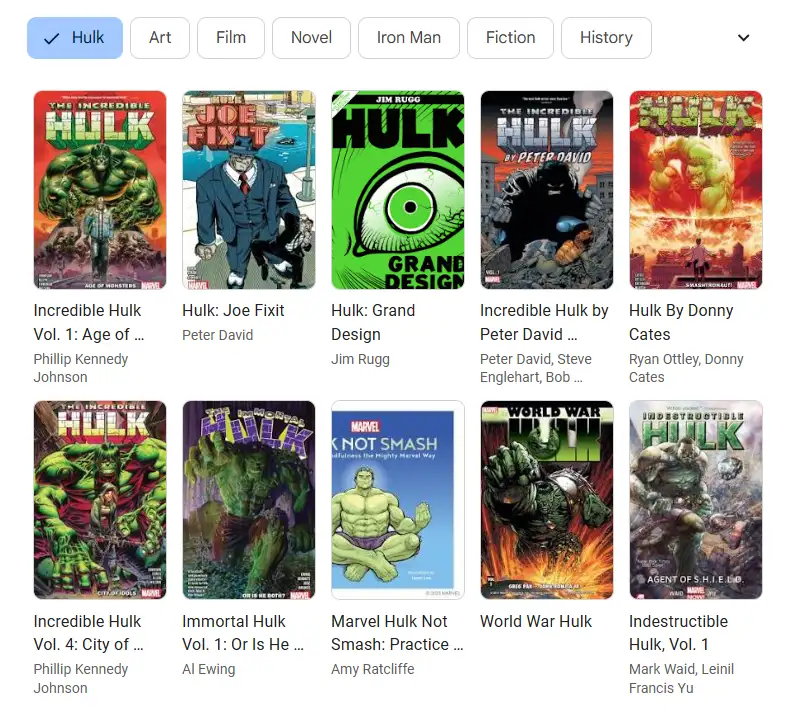
The Hulk — created by writer, Stan Lee, and artist Jack Kirby for Marvel comics. The Incredible Hulk was a near contemporary of Wonder Woman, making his first appearance in 1962. In many ways, the story of The Hulk — a scientist transformed by exposure to radiation — reflects the concerns and preoccupations of the American nation with the accelerating advances of science and the threat of nuclear war and radiation contamination.
Anime and Manga
While we've been focusing our attention on the ‘big players' in North America, European countries — especially France; think of Asterix, Tintin, and Gaston as classic examples — and Japan also has strong comic and graphic novel traditions popular all over the world.
The Japanese styles of Anime and Manga have become hugely popular with teens and adults alike in Europe and the US. Anime has more in common with the comic book tradition, while Manga may have more similarities with the graphic novel style. Still, there's perhaps more crossover between the two styles in Japan than there is between comics and graphic novels in the US.
How old are comics and graphic novels?
Comic strips go back at least to the 18th century when they began to appear in news sheets and journals either for amusement, social and political comment, or both. But longer stories compiled into book formats didn't appear on our shelves until the early 20th century.
The first graphic novel is usually attributed to the illustrator Joseph Franz von Goez who published a version of the German poet Gottfird Bürger's Lenardo und Blandine which he retold in a series of 160 illustrations, inspired by the scenes and stage sets of a stage adaptation.
Independent comics and graphic novels: the self-publishing boom
Since the late 1980s and early 1990s in the US, the UK, and Europe, we've seen a huge resurgence of interest in the comic book and graphic novel forms. This renaissance is largely led by the rise of small, independent comic book stores, online platforms, and conventions. While the major publishing houses continue to dominate the more visible share of the market, there's now a burgeoning self-publishing comic book and graphic novel industry led by independent artists and writers and supported by specialist printers — like us — who focus on helping these entrepreneurial free spirits find their niche and break into the industry.
FAQs
No, graphic novels are not merely “adult comics”; they are complete stories with literary structures and can explore serious, complex themes suitable for any audience.
Yes, it's become easier for independent artists to self-publish comics and graphic novels due to the growth of online platforms, specialist stores, conventions, and dedicated printing services.
Talk to us. We can help!
If you're a comic book or graphic novel writer or artist and would like to self-publish your work, talk to us. We're not publishers — we're printers — but we have over 25 years' experience in the industry, the latest technology right at our fingertips, an enthusiastic and talented team, and a focus on individual customer care that is increasingly rare these days.
We're a company with a family feel and we'll be almost as passionate about your project as you are. It's never too soon to get in touch — just to chat over your ideas and plans or to ask for a printing quote for the work if you're further down the publication road — and we can offer lots of technical advice and support to migrate your concept from the computer or the storyboard to the printed page.
So, if you need any further help or advice on designing and printing your perfect comic books and graphic novels, we're here to help you every step of the way from concept to completion. Contact us now for expert guidance and high-quality design and printing tailored to your specific needs. Just shoot us an email to [email protected] or call us on +1 951 866 3971 and we'll be delighted to do all we can to help you.




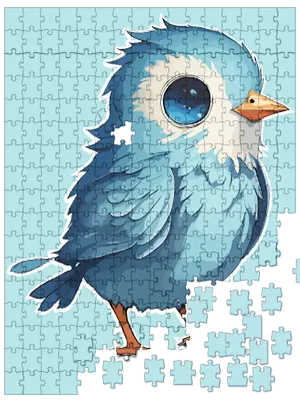
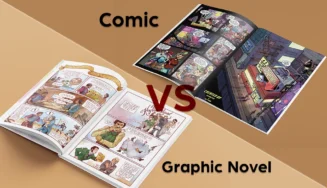

The article provides a clear and detailed explanation of the differences between comics and graphic novels, which can be useful for novice authors and artists. I especially liked how the author emphasizes that graphic novels are full—fledged works with a complete story and structure, while comics are often a series of long stories. The article provides examples of famous works such as Maus and Watchmen, which helps the reader to better understand both genres. It is also interesting that the topic of the revival of independent samizdat, which has been actively developing recently, has been touched upon. This is a great resource for those who want to understand these two art forms and maybe try their hand at creating their own works.
Hi Kaloya,
Thanks for your summary of the article and your kind comments. We're delighted that you found it interesting and useful. Should you wish to create your own comic or graphic novel in the future, don't hesitate to reach out. We'll be happy to help!